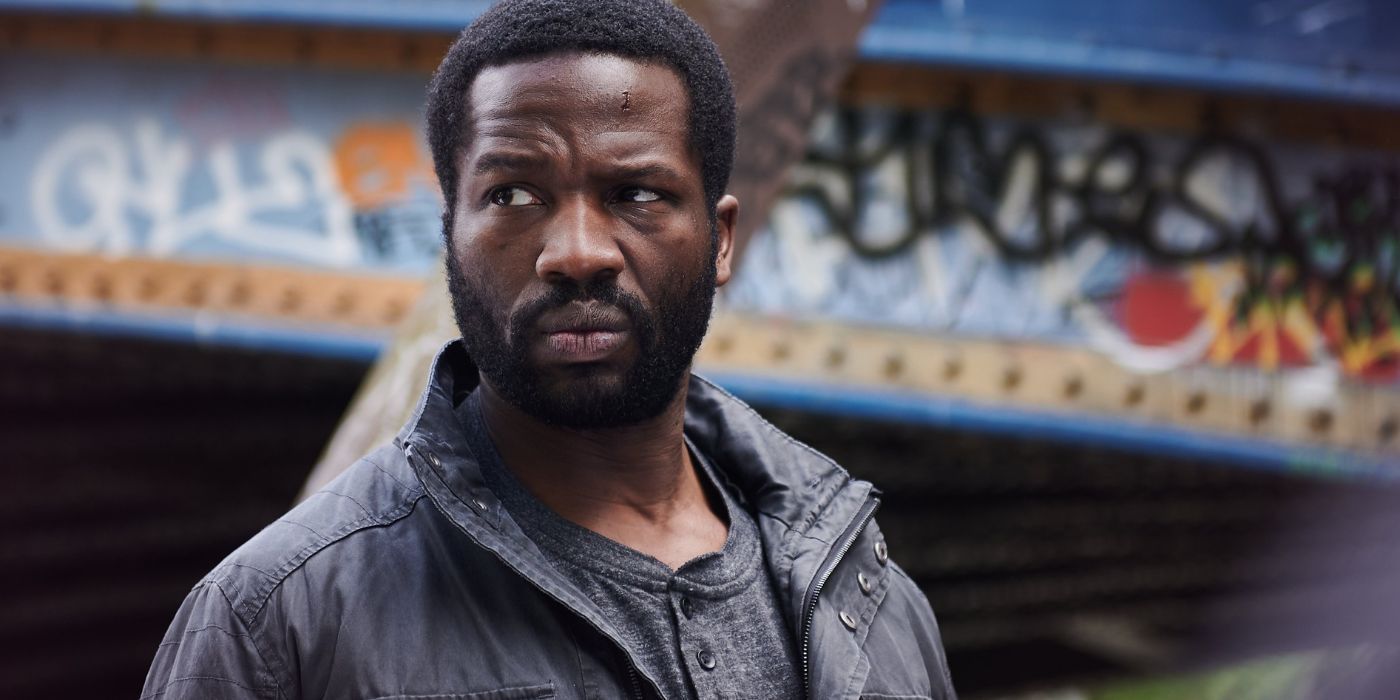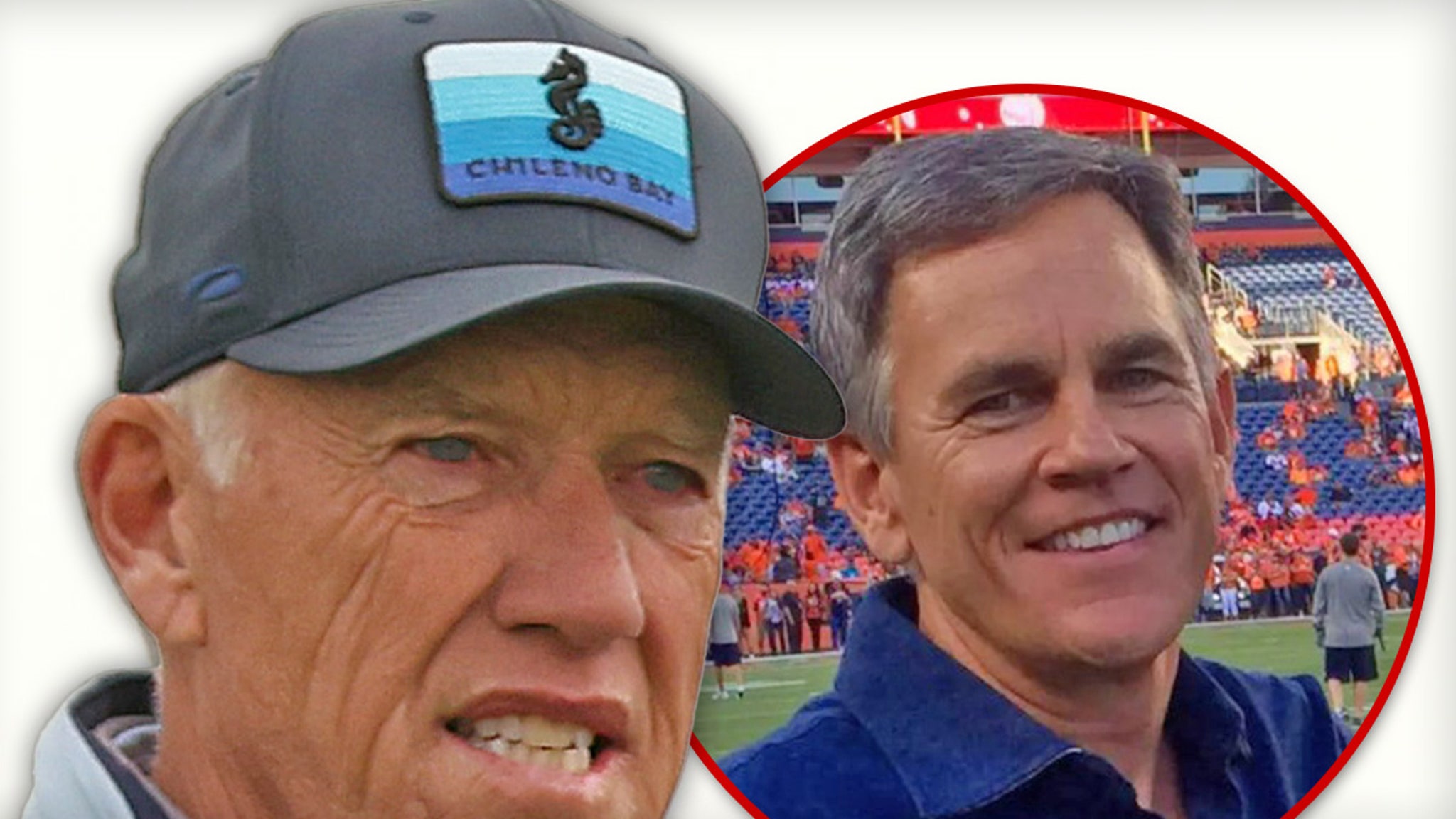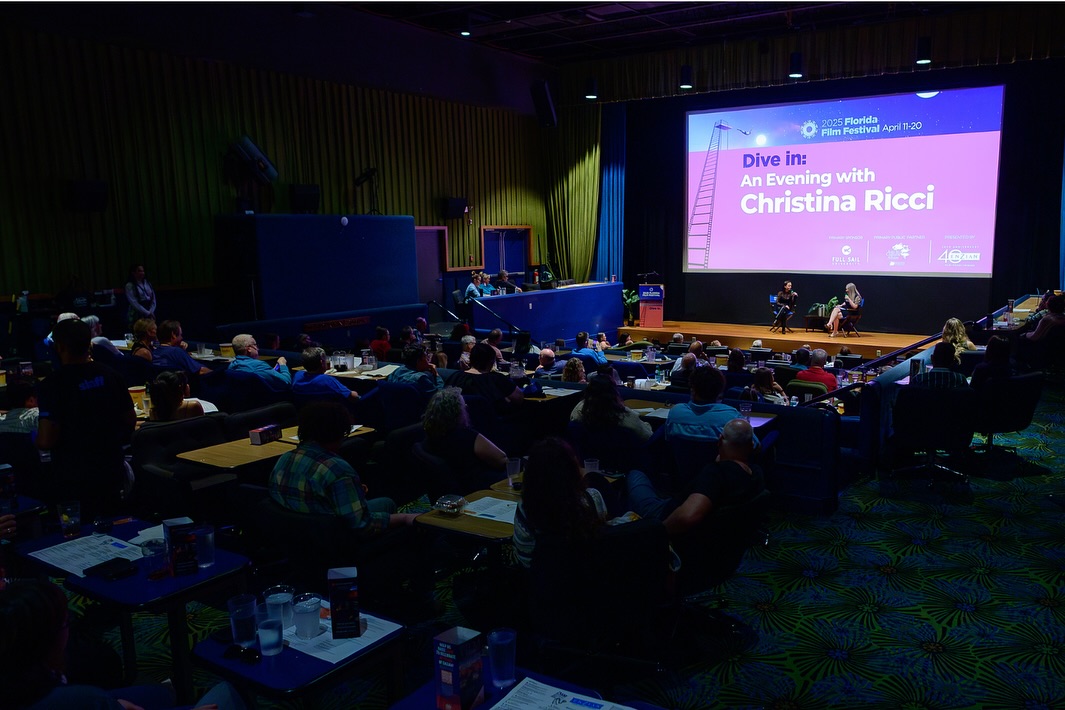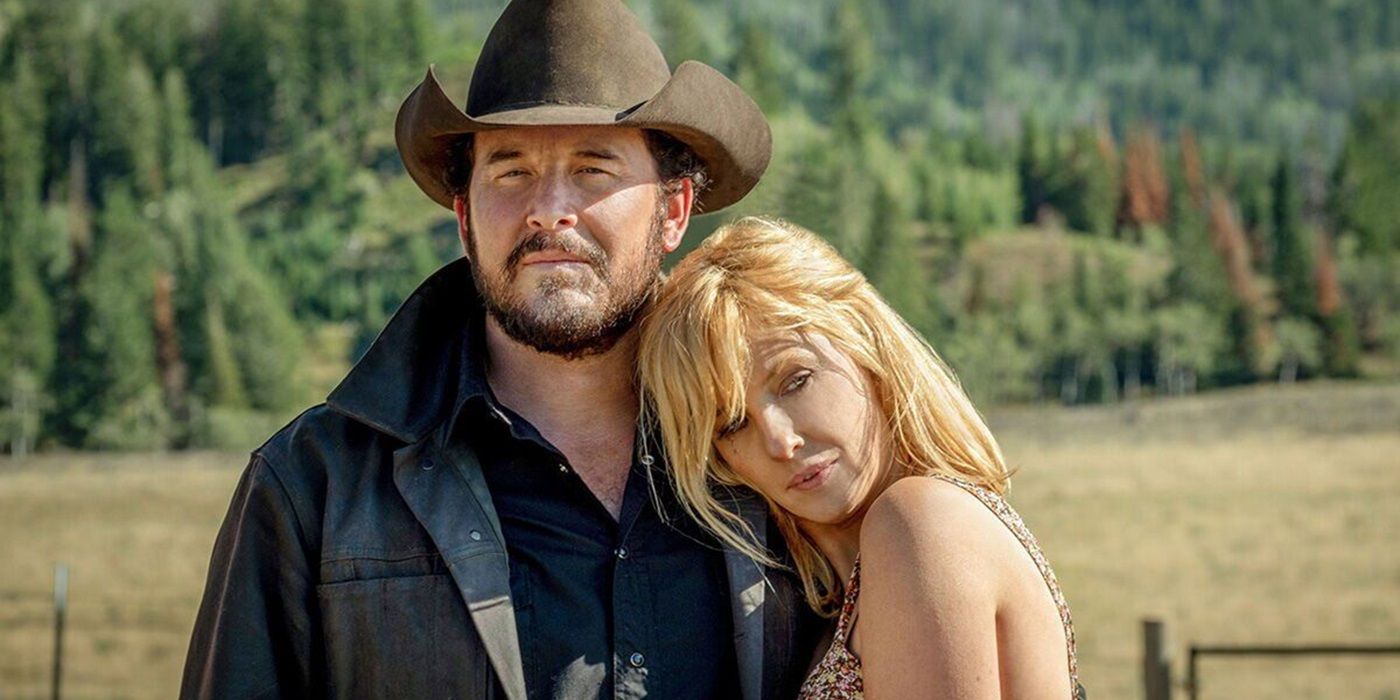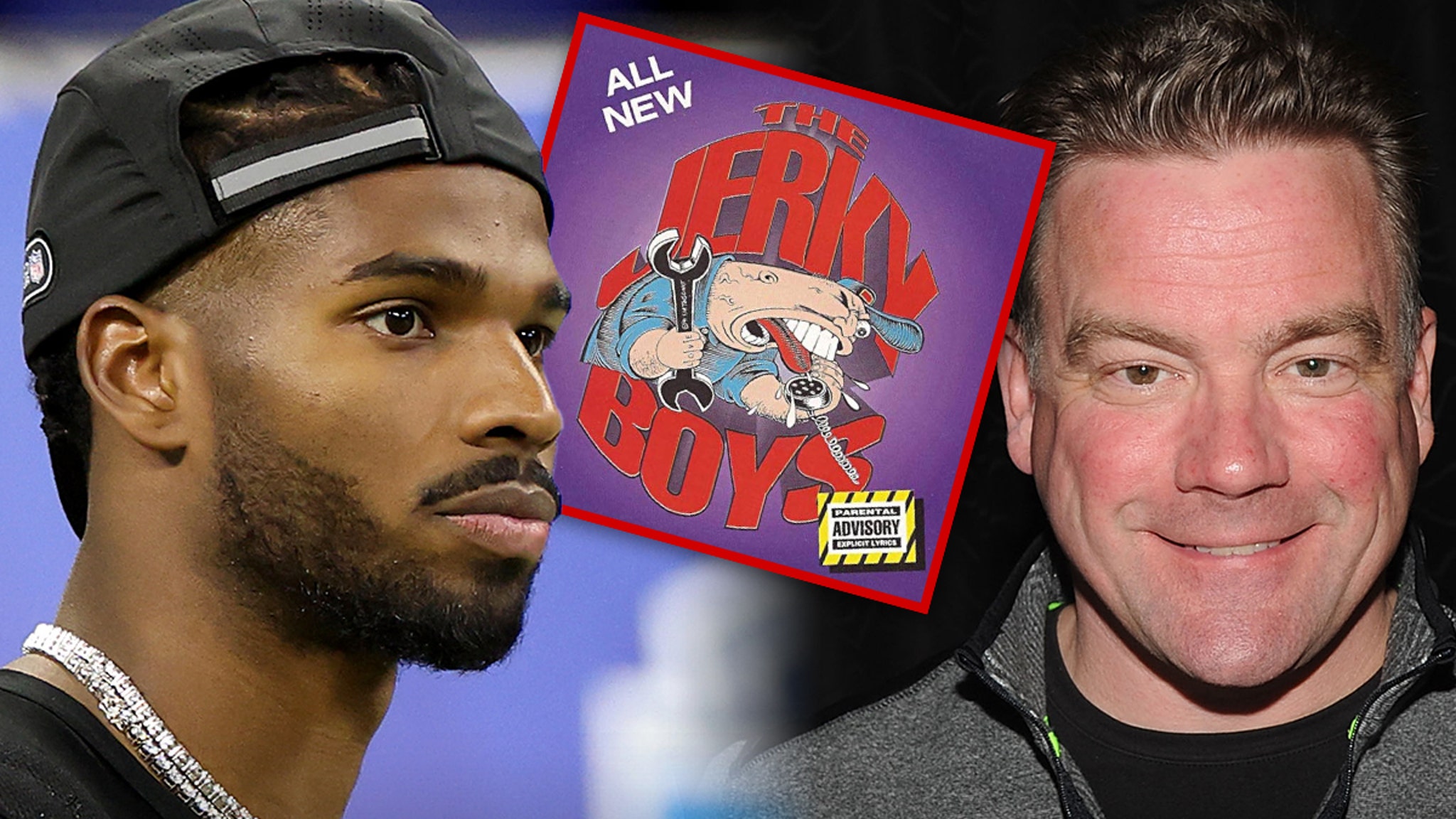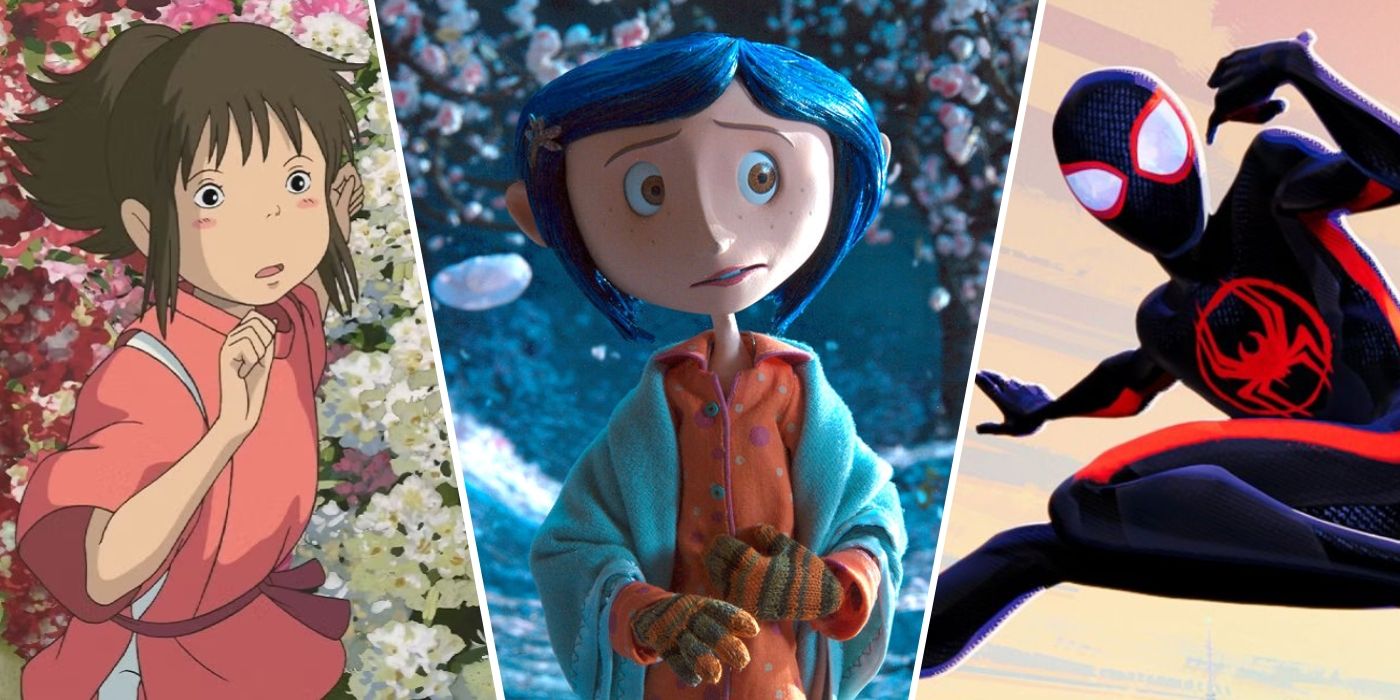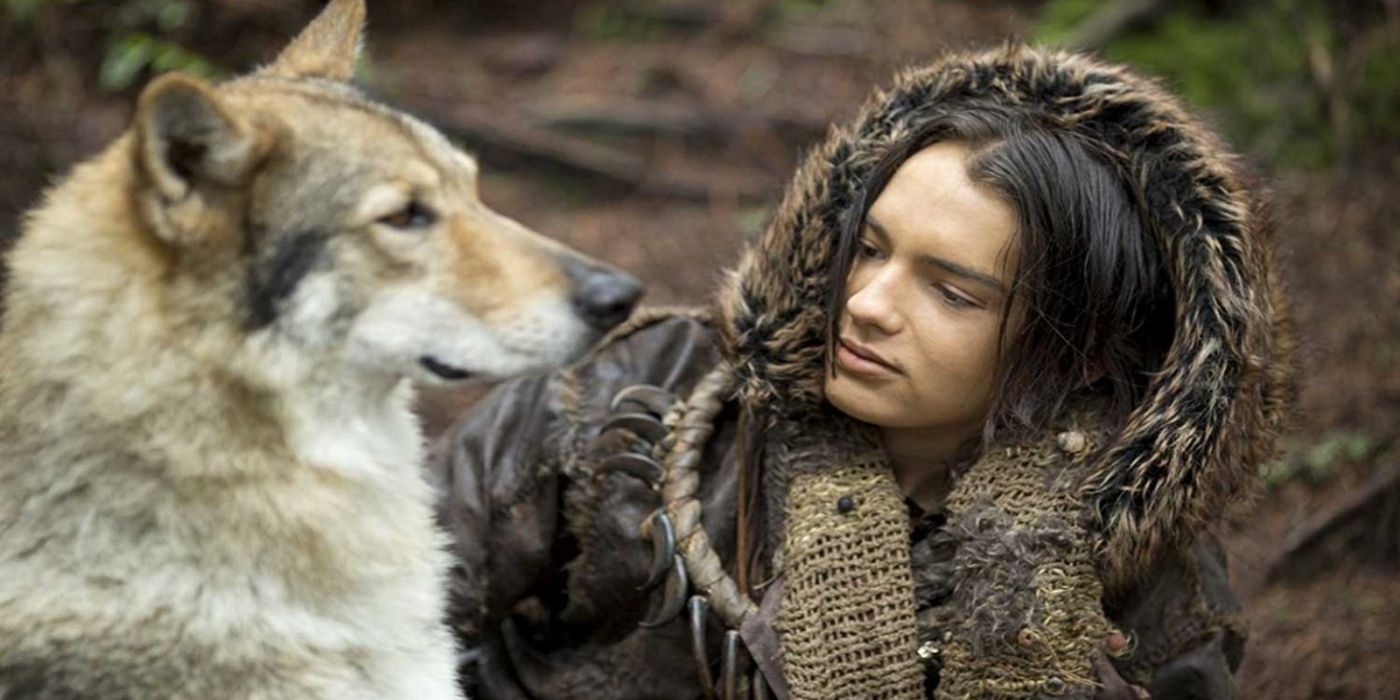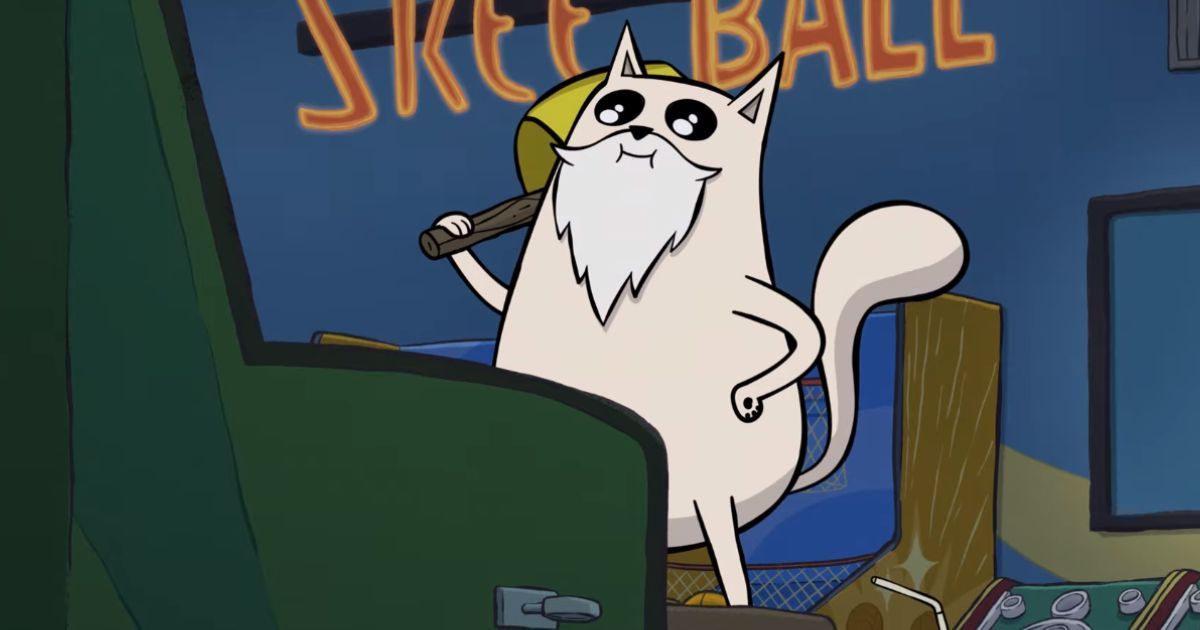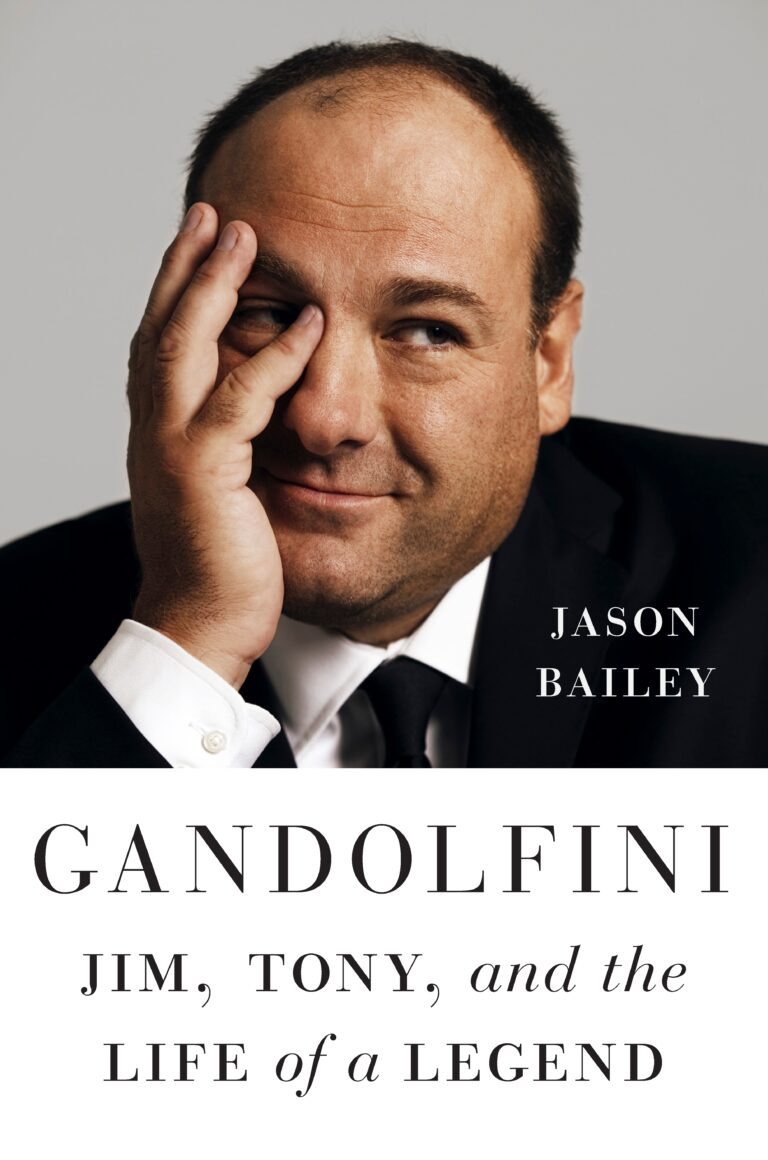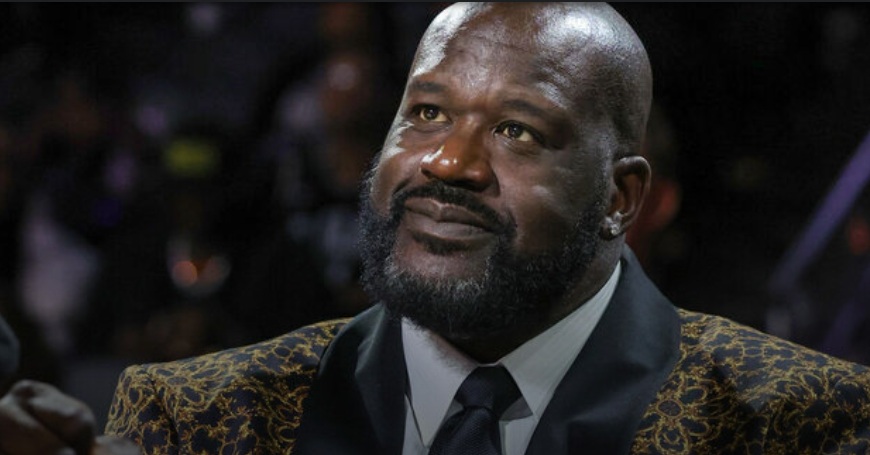While the 2018 prehistoric adventure movie Alpha was met with little attention during its initial release, it’s now found new popularity with Netflix audiences. The film is a captivating exploration of what life looked like during the last Ice Age, following young hunter Keda’s (Kodi Smit-McPhee) enduring journey back home after being separated from his tribe members in the wilderness. Along his trek, he forms an unlikely friendship with a lone wolf — the pair relying on each other to survive.
The story showcases striking visuals and the everlasting bond between humans and their canine best friends. However, its most impressive feature is one that viewers can’t see (unless we count reading subtitles). The entire script consists of an unknown language. Alpha is set around 20,000 years into the past, so it’s not a surprise that modern audiences would be unfamiliar with the dialogue. But the movie has everyone wondering: what language are the characters speaking?
The Language In ‘Alpha’ Is Completely Made Up
Columbia Pictures
Despite how convincing the cast makes the dialogue sound, every word spoken in Alpha is fictional. While modern researchers can trace the origins of today’s languages as well as some documented dead ones, there is little evidence of how humans spoke during the last Ice Age. It was just too long ago. So, Alpha’s filmmakers needed to create an entirely new language if they wanted to immerse viewers in the past in a real way, and they brought in an expert to do just that.
The language, called Beama, was invented by a linguistic anthropologist named Christine Schreyer, who works as a professor at the University of British Columbia. Schreyer has a long history of working on similar Hollywood productions, such as developing the Krytonian language for Man of Steel and Eltarian dialogue for a few scenes in the 2017 Power Rangers movie. Outside the film business, Schreyer has also worked to maintain and restore real languages for indigenous populations in Papua New Guinea and Canada. Her lifelong study and work experience have made the anthropologist an authority on established languages and conlangs (artificially constructed languages) — making her the perfect candidate to solve Alpha’s missing-word problem.
Related
What Language Do Katie and Christina Speak to Each Other in His Three Daughters?
Find out what inspired the Pig Latin-like language featured in the arthouse drama His Three Daughters.
The Inspiration Behind Beama
Columbia Pictures
Even with a language specialist on Alpha’s team, creating Beama was still a huge undertaking. Making up words sounds as easy as making up noises, but developing a language that’s structured and sounds like something early humans could have really spoken is impossible to perfect. During an interview with UBC, Schreyer noted, “Nobody really knows what was spoken 20,000 years ago because we don’t have fossils of language.” Thus, when looking for inspiration for Alpha, she had to research estimated languages during the set time period, including Proto-Nostratic, Proto-Eurasiatic, and Proto-Dené-Caucasian.
So, not only was Beama made up, but it was also based on other hypothetical languages from the past that are derived from languages we know now. Schreyer further explained, “We know, for example, that some languages are related, like French, Spanish, and Italian. So, it’s a case of taking those related languages and estimating them back in time, with a little creative license as well.”
The entire process involved using proto-languages as a jumping off point and then filling Beama’s gaps by constructing modern language patterns. Meaning that Alpha’s final script was a blend of estimated dialogue shaped by a speaking flow that its actors and audiences would recognize and understand throughout the film. Overall, developing Beama was a time-consuming venture, but the film’s growing fanbase proves it was well worth the trouble.
Related
How Arnold Schwarzenegger’s Linguistic Struggle with His Austrian Accent Became His Signature
Arnold Schwarzenegger once hired an accent removal coach, as directors said his accent was an ‘obstacle to becoming a leading man.’
’Alpha’ Filmmakers Were Dedicated to Authenticity
Columbia Pictures
When it comes to world-building films, prioritizing the authenticity of characters and settings is the only way viewers are able to become fully engrossed in the story. While the fantasy genre has more freedom to imagine a new world, Alpha follows a tale in real, Paleolithic Europe, and its filmmakers wanted it to be as true-to-life as they could possibly get with the limited information they had. They aimed to establish a prehistoric world that looked real, creating homes, clothing, tools, and even animals from that era. However, Beama is where the movie truly immerses viewers.
Throughout Schreyer’s work on Alpha, producers were adamant that she get the language right. She relayed to UBC, “I was told to make it sound authentic, to not sound like gibberish.” The anthropologist was tasked with creating a feature-length script for a made-up language, so she not only needed to focus on Beama’s construction, but also how the actors could manage and perform it in a believable way. A bunch of characters stumbling over the random sounds they had to say would’ve made for a pretty unmemorable movie at the very least.
Luckily, Alpha’s cast excelled at the task. Game of Thrones star Jóhannes Haukur Jóhannesson, who portrays Keda’s father Tau, described the work as a fun challenge. He told UBC, “As I was learning, I began to see a pattern, and it started to make sense. Then it just jumped out, word by word. Phrase by Phrase. You could really feel this was not thrown together in a day. This was built with knowledge and craftsmanship.” We’re sure Jóhannesson’s ability to speak four other languages certainly helped him catch on quickly. However, his and his co-stars’ commitment to Beama and Alpha as a whole made it the impressive film audiences are discovering today.
Alpha is now available to stream on Netflix.
Alpha | Official Trailer
You can view the original article HERE.



